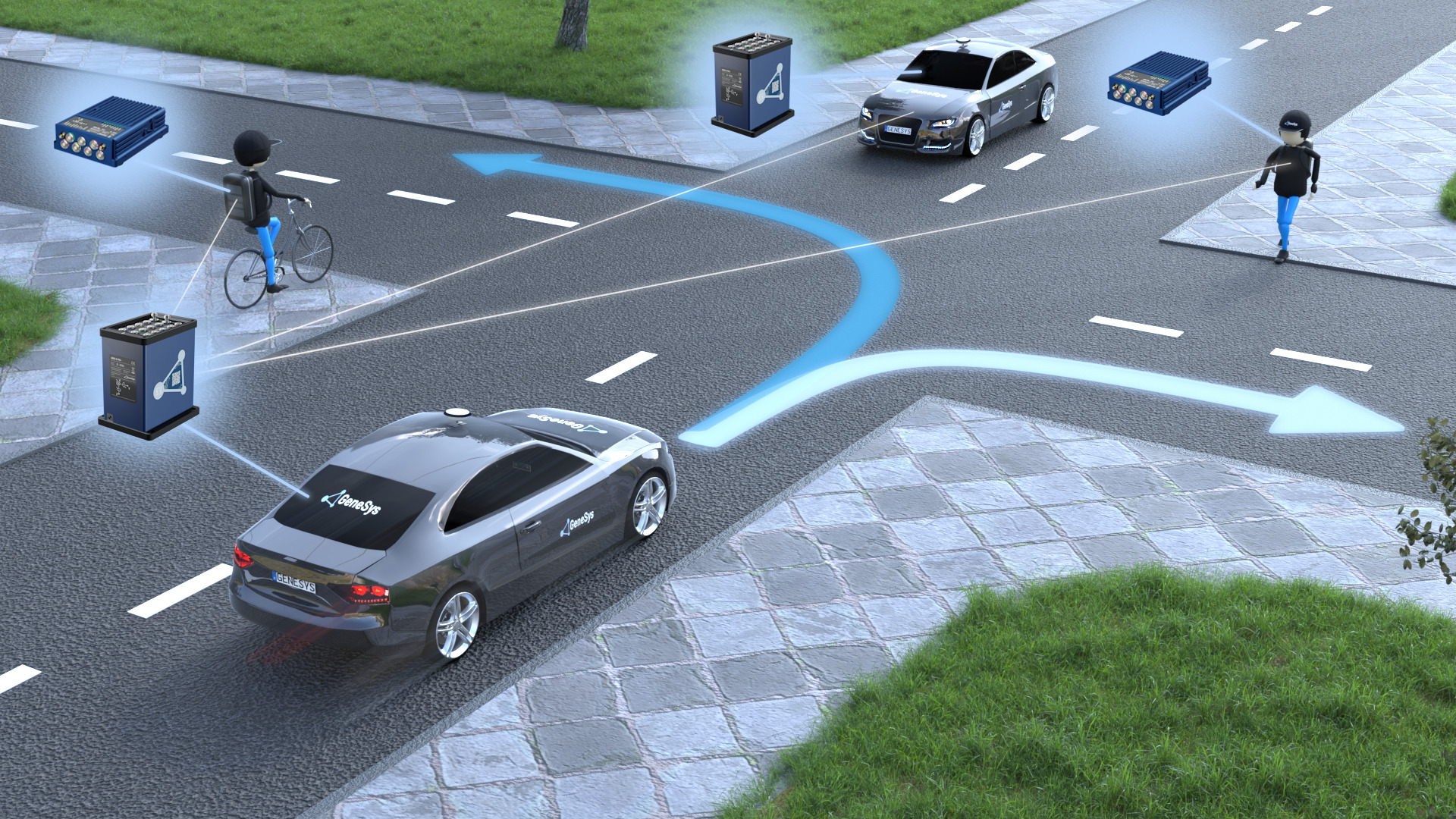GB T39263 Automated Driving Function Road Test
The GB T 39263-2020 standard for Automated Driving Functions (ADFs) has been a pivotal development in the automotive testing sector. This standard provides a framework to test and validate the functionality of ADAS systems, which are integral components for achieving autonomous driving capability.
The GB T 39263-2020 standard addresses various aspects including vehicle-to-infrastructure (V2I) communication, lane keeping assistance, automatic emergency braking, and other advanced driver assistance systems. It aims to ensure that these systems meet safety requirements under real-world conditions. The road test protocol outlined in the standard is designed to simulate diverse driving scenarios that a self-driving or semi-autonomous vehicle might encounter.
The GB T 39263-2020 specifies detailed methodologies for testing, including pre-test preparations and post-test evaluations. It mandates the use of specific instrumentation and equipment tailored to measure performance metrics such as reaction time, braking distance, and successful avoidance maneuvers during lane changes or obstacles.
Quality managers, compliance officers, R&D engineers, and procurement teams working in the automotive industry can benefit from this standard by ensuring that ADAS systems meet stringent safety and regulatory requirements. This ensures consumer trust and reduces the risk of accidents due to system failures.
- Comprehensive Testing: Ensures all critical functionalities are tested under a wide range of conditions.
- Rigorous Protocols: Standardized procedures for testing different levels of automation ensure consistency in results.
- Data-Driven Decisions: Provides detailed metrics to inform design and development decisions.
The standard also emphasizes the importance of continuous improvement, advocating for periodic updates to test protocols as technology evolves. This ensures that the automotive industry remains at the forefront of innovation while maintaining high safety standards.
In summary, GB T 39263-2020 is a vital tool for automakers and testing laboratories aiming to meet the growing demand for autonomous driving capabilities in vehicles. By adhering to this standard, organizations can enhance their reputation and market competitiveness through reliable, safe, and technologically advanced products.
Applied Standards
The GB T 39263-2020 is part of a broader standardization effort to ensure that autonomous driving systems are safe and reliable. This includes collaboration with international organizations such as ISO, IEC, and SAE International.
The standard aligns closely with other global standards like ISO 26262 on functional safety of automotive electrical and electronic systems, which provides a framework for managing risks associated with safety-critical systems. GB T 39263-2020 complements ISO/SAE 21434, the global cybersecurity standard for road vehicles.
The alignment between these standards ensures that ADAS systems are not only safe but also secure against potential cyber threats. This collaborative approach helps to create a harmonized environment where different regions and countries can work towards common goals in automotive technology development.
Benefits
- Enhanced Safety: GB T 39263-2020 ensures that ADAS systems undergo rigorous testing to minimize risks associated with autonomous driving.
- Regulatory Compliance: Adhering to this standard helps manufacturers comply with local and international regulations, avoiding potential legal issues.
- Innovation Support: The standardized protocols encourage continuous improvement in ADAS technology, fostering a culture of innovation within the automotive industry.
The implementation of GB T 39263-2020 also promotes trust among consumers by demonstrating that automakers are committed to delivering safe and reliable vehicles. This can lead to increased market share as customers prefer brands known for their commitment to safety and quality.
From a business perspective, compliance with this standard can reduce costs associated with recalls due to design flaws or safety issues. Additionally, it enhances the reputation of companies involved in the development and testing of ADAS systems.
Industry Applications
| Application | Description |
|---|---|
| ADAS System Validation: | Testing the performance of ADAS components such as lane departure warning, adaptive cruise control, and collision avoidance systems. |
| Autonomous Vehicle Development: | Evaluating the safety and reliability of fully autonomous driving systems in various real-world conditions. |
| Cybersecurity Testing: | Assessing the robustness of ADAS systems against cyber threats to ensure secure vehicle operations. |
| Regulatory Compliance: | Ensuring that vehicles meet all relevant safety and cybersecurity standards before market release. |
| R&D Optimization: | Identifying areas for improvement in ADAS technology through comprehensive testing protocols. |
| Consumer Confidence Building: | Gaining trust from consumers by demonstrating commitment to safety and quality in autonomous driving systems. |
The GB T 39263-2020 standard plays a crucial role in these applications, providing a robust framework for testing that is recognized both domestically and internationally. This ensures that vehicles are not only technologically advanced but also safe and reliable, meeting the highest standards of performance.





